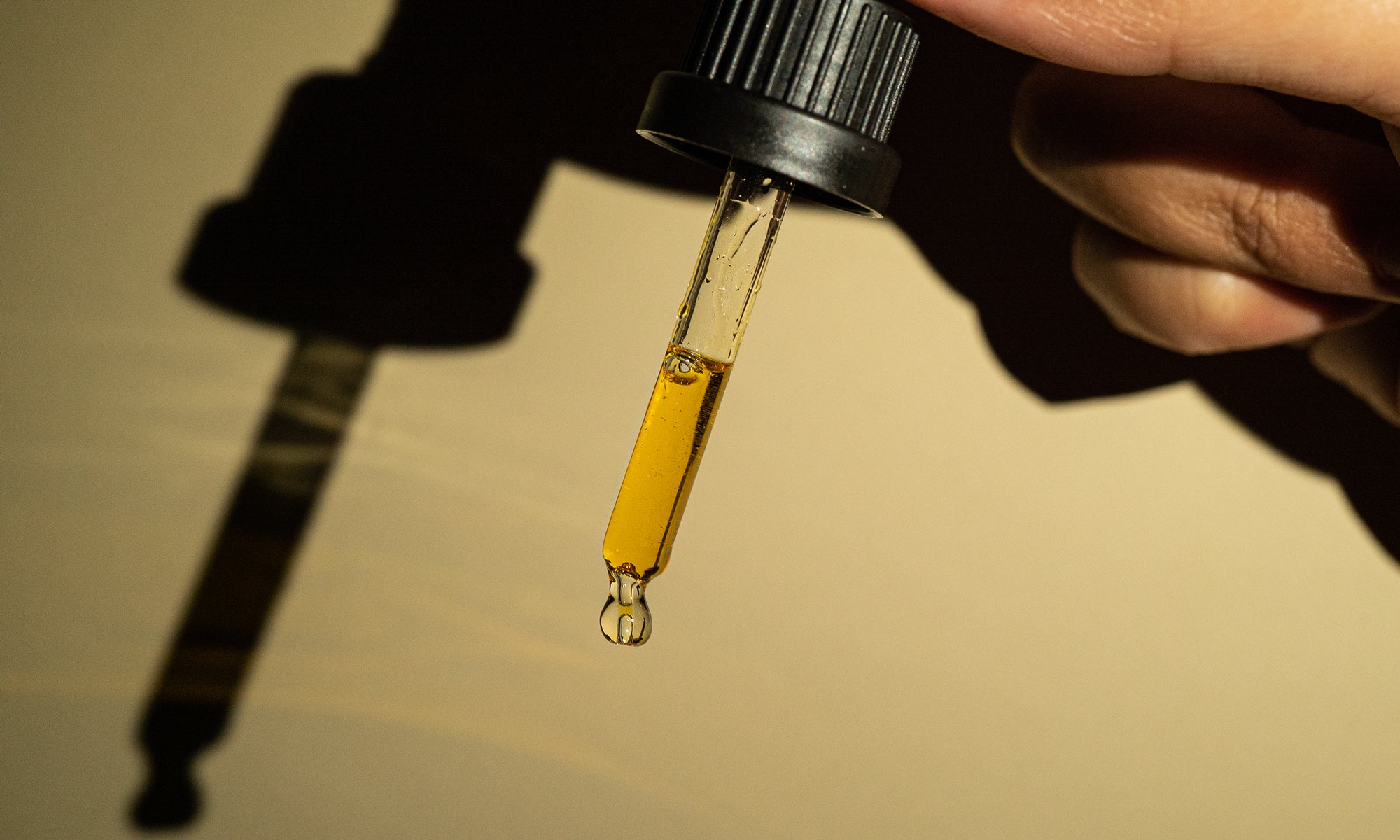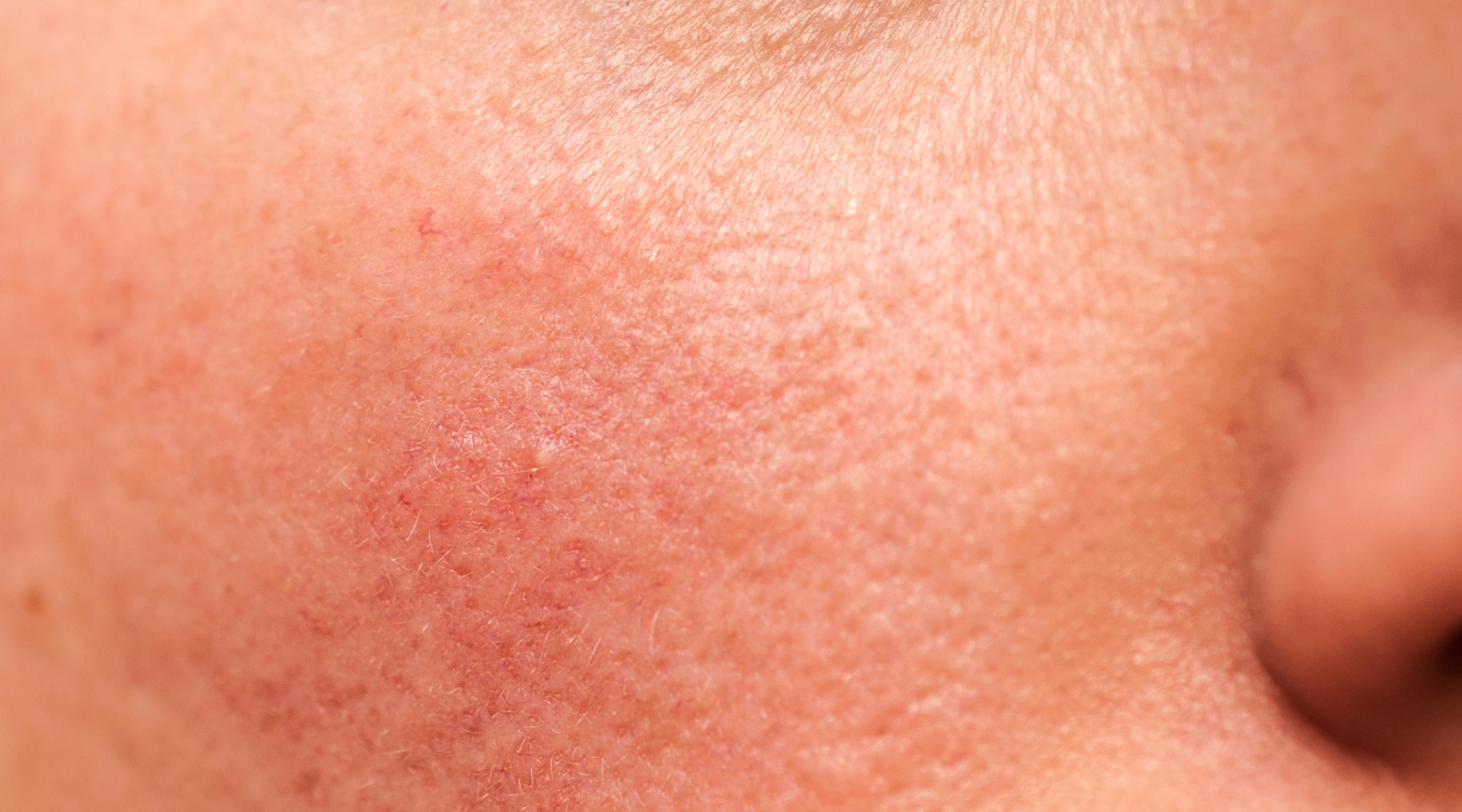
Ceramide, the glue holding your skin cells together
The moisture barrier is the outermost layer of your skin and is made up of dead skin cells (keratinocytes), saturated fatty acids, cholesterol and other lipids. The moisture barrier works to…you guessed it – retain moisture, and is also your body’s first line defense against pathogens in your environment.
It keeps the bad stuff out and the good stuff in basically. When your barrier is compromised, potentially harmful pathogens can make their way deep inside your skin. Remember, it is an organ and can get sick, so keep it healthy by always using moisturizer and keeping the barrier intact. In today’s world of heightened attention to personal sanitation, we have become accustomed to using alcohol based hand sanitizers.
More now than ever before has our barrier been under assault and if not replenished frequently with moisturizing factors, then further damage to the barrier will result and conditions like atopic dermatitis will present. Alcohol is a solvent and thus very stripping of the lipids present in the upper most stratum corneum. Once these lipids are depleted the skin has to produce more. But while it does so, your skin will appear noticeably dry and maybe even irritated, red and inflamed. So what can you do to alleviate this issue – moisturize with a ceramide lotion often.
What are ceramides?
Coming from the Latin cera (wax) and amide (literally “ammonia-ide”[1]), ceramides are a family of waxy lipid (fat) found in abundance within the plant and animal kingdoms. These fat molecules are abundantly found in the cell walls of the cells within our bodies. About 50% ceramides, 25% cholesterol and 15% free fatty acids to be exact.[2] And since ceramides make up 50% of the stratum corneum it’s safe to assume they are very good for the skin. Ceramides are considered skin identical as the skin is composed mostly of Ceramide II and VI and by adding more ceramides we increase the amount available in the stratum corneum. Ceramide is also very safe – The Cosmetic Ingredient Review Expert Panel – a group responsible for the independent review of skincare and cosmetic ingredients has determined that they are safe in their current use.[3]

a.

b.

c.
FIG 1 a. Ceramide general structure b. Ceramide II c. Ceramide VI
Ceramides are a component of the skin barrier and a key factor in maintaining hydrated and functioning (healthy) skin. You may have seen ceramides at the centre of such brands as CeraVe, and is typically found in skin care products, and some hair care products designed to target specific consumer concerns. Ceramide is a popular active ingredient and for good reasons – it provides an immediately noticeable increase in epidermal hydration and relief from the constant dry, stinging, burning sensation felt by eczema sufferers and helps to smooth and retain water in hair as well.[4]
Why is it so important?
As I said above, ceramides make up half of the skin barrier’s lipid composition. And since ceramides are a class of fat molecules, they will replenish your skin’s barrier allowing your skin to retain moisture and prevent TEWL (transepidermal water loss ) and leads to better functioning of the skin in its ability to keep the bad stuff out, and the good stuff in. In addition to leaving your skin feeling soft and supple, ceramides help to keep the bad stuff out by filling in the gaps between dead keratinocytes at the surface of the skin, making up the stratum corneum, and even deeper still, it’s literally the glue that holds your cells together, along with other lipids too.

Figure 2a.

Figure 2b.
IMAGE DESCRIPTION: Ceramide is the main component of the stratum corneum of the epidermis layer of human skin. Together with cholesterol and saturated fatty acids, ceramide creates a water-impermeable, protective organ to prevent excessive water loss due to evaporation as well as a barrier against the entry of microorganisms.
Are you concerned you might have a compromised barrier somewhere? Your skin will definitely show you it’s barrier is in dire need of some attention. Common tells are chalky, dry, dusty, flaky, white, cracked, inflamed skin, all signs that your skin is parched and in need of moisturizing factors. Just ask yourself, does my skin look thirsty? This is most likely a depletion of the skin’s ceramide levels due to using improper cleansers for your skin type, over cleansing, hormones, and diet to name a few. Even if your answer isn’t yes, we can all use extra ceramides, so what you can do to begin restoring your skin’s natural barrier is to feed it what it needs.
What does it need?
The best things you can give to your skin can be layered for a super hydrating sandwich. To maintain adequate hydration levels on my oily prone skin I only cleanse in the evening (going get some hate here, lol), I apply a hydrating serum containing niacinamide, like we discussed here, and finished off, or sealed like I think of it, with a light weight moisturizer that contains humectant, emollients, ceramides NP, AP, EOP, conditioning non-ionic emulsifiers and hyaluronic acid as we discussed here. That’s a lot of information, but I always think of it as feeding all the most moisturizing ingredients and actives to my skin, like a creamy hydrating buffet of lipids. By providing all the basics your skin will thank you dearly and you will be on your way to reversing ceramide depletion and even reducing the visible signs of aging!
If I could leave off with one call to action, please for the sake of your skin, use moisturizer everyday. AND sunscreen.
If you want to learn more about ceramides, CeraVe has great consumer resources, and if you want to know why I only cleanse at night, follow me on instagram @jamie_the_chemist.
References
[1] – “-Amide.” Index, www.etymonline.com/word/-amide#etymonline_v_26188.
[2] – “Ceramide.” Wikipedia, Wikimedia Foundation, 25 July 2021, en.wikipedia.org/wiki/Ceramide.
[3] – Burnett, Christina L., et al. “Safety Assessment of Ceramides as Used in Cosmetics.” International Journal of Toxicology, vol. 39, no. 3_suppl, 2020, doi:10.1177/1091581820958692.
[4] – “Ceramides: Everything You Need To Know – What Do Ceramides Do?, How Do Ceramides Work?And Are Ceramides Safe?” The Dermatology Review, 7 Oct. 2021, thedermreview.com/ceramides/.

